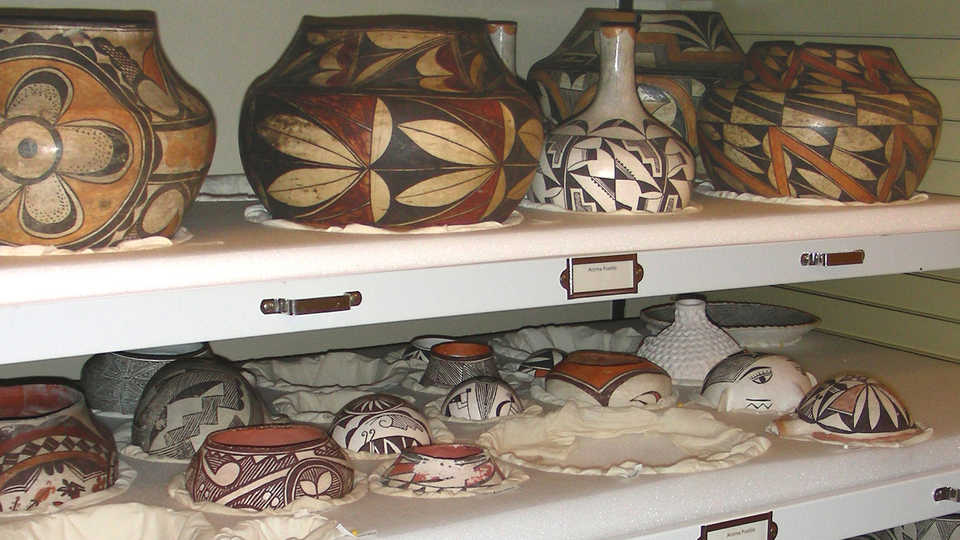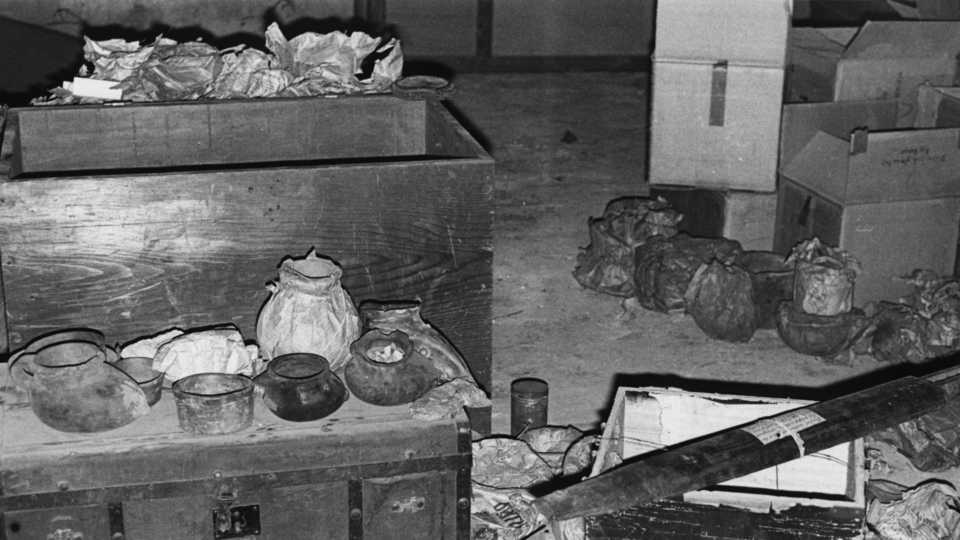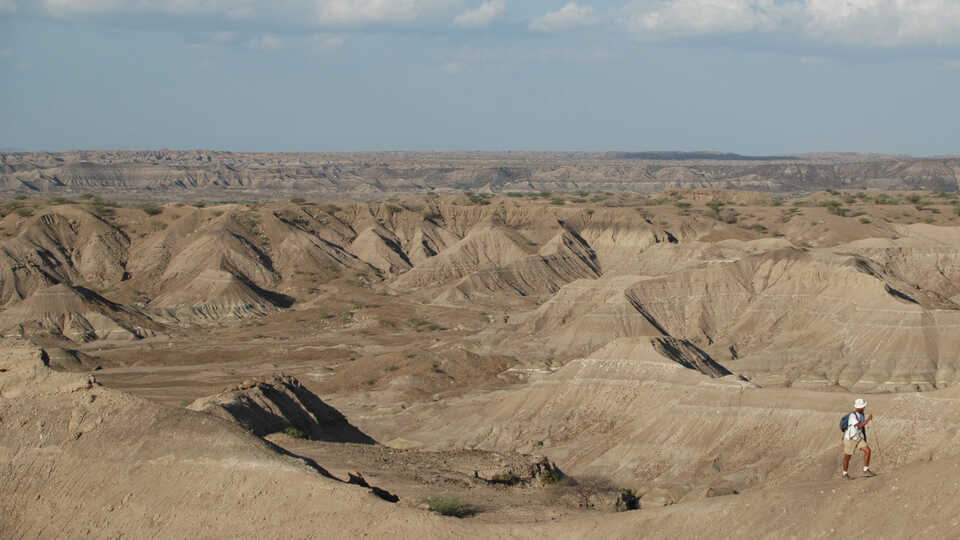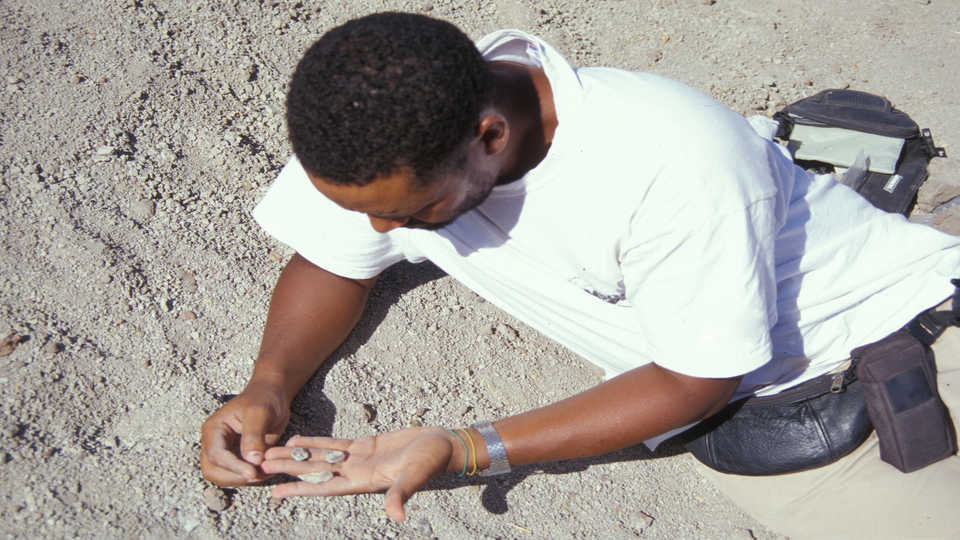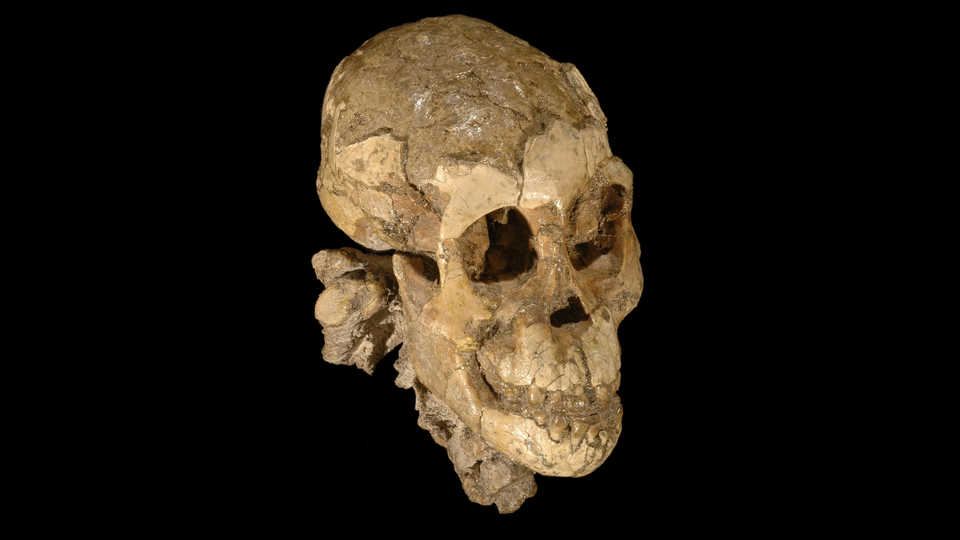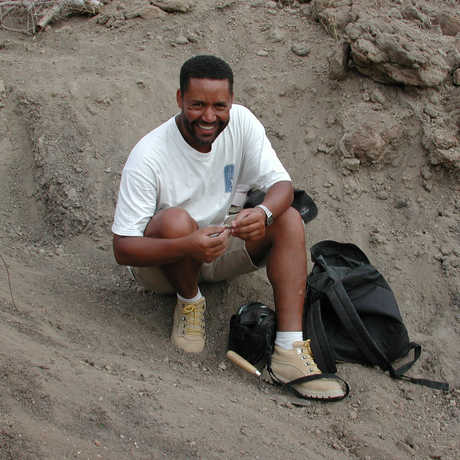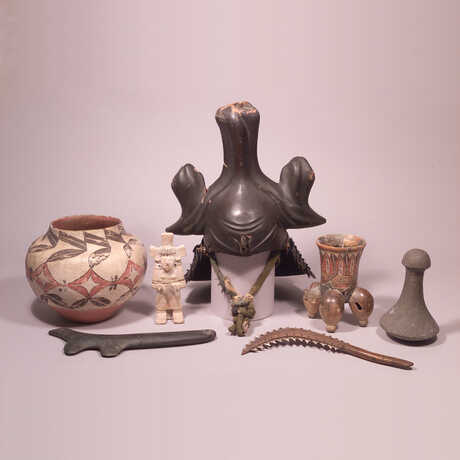The Department of Anthropology at the California Academy of Sciences was established in 1900, forty-seven years after the institution's founding. The first Curator of Anthropology was Alfred Kroeber, known today as the father of California Anthropology. After a few short years, Dr. Kroeber left the Academy to work at the University of California. A new curator had not yet been hired when, in 1906, the San Francisco earthquake and fire devastated the Academy's premises on Market Street. The conflagration destroyed much of the Anthropology collection, as well as large portions of the collections of other departments. Due to the overwhelming nature of rebuilding the Academy, combined with the fact that there was no Anthropology curator, the Department of Anthropology was suspended. Those objects that did survive 1906, many broken and fire-damaged, were boxed up and stored when the Academy moved to its new home in Golden Gate Park in 1916. Although there was no longer a formally recognized department, anthropological materials and artifacts continued to be amassed by the Academy, particularly for museum exhibitions. In the late 1960s, the 1906 survivors, long forgotten, were rediscovered in a crawl space underneath the exhibit halls. A few years later, due to the generosity of the Paul L. and Phyllis Wattis Foundation, the Wattis Hall of Human Cultures opened featuring ethnographic materials collected through the mid-1970s. The Department of Anthropology was re-established at that time, thanks to the endowment of a Chair in Anthropology by the James Irvine Foundation.
